Most people understand that exercise is beneficial to your overall health and can help you meet your fitness goals. But when it comes to exercise physiology, or what is happening inside your body while you’re moving, most people are clueless. You will have noticed by now that the harder you workout, the faster your breathe. This change is connected to blood flow and lung function.
Understanding the connections between the pulmonary system and blood flow might not seem important, but knowing more about how one affects the other can give you the competitive edge in your training and overall performance. Let’s look deeper into the question: how is blood flow related to lung function during exercise?
Pulmonary Circuit
The lungs are connected to the heart by the pulmonary arteries and veins. As the heart pumps, deoxygenated blood becomes oxygenated blood. Without properly functioning lungs, your heart will not receive oxygen, and without a beating heart, your lungs won’t receive blood. But there is more to it than that.
Pulmonary circulation is called a low pressure, high flow circuit. The low pressure prevents fluid from leaking out of the pulmonary vessels as it moves through interstitial spaces. This helps the right ventricle of the heart function more efficiently.
The longer you exercise, the greater benefit it has on your oxygen uptake and stroke volume. Stroke volume is defined as the amount of blood the heart pumps out towards other sections of the body with every single beat.
You can take in more oxygen and exhale more carbon dioxide, and this increase of gas exchanges will directly effect cardiac output. Since there is increased demands for oxygen from the working muscles, the heart needs to work harder to get oxygen flowing through the blood.
Now, while exercise gets you in shape, it will also put strain on the pulmonary circuit.
The lungs will, overtime, get stronger. At rest, lungs can normally move about 6 liters of air per minute. When you are working at maximal effort during exercise, the lungs tidal volume increases, allowing you to move 12 liters per minute.
While this doesn’t seem like much at first, consider this: 6 liters per minute means 12 breaths per minute, whereas exercise could mean 48 breaths per minute or more.
Proper Breathing During Exercise
There is a reason you are often reminded to breathe during exercises by your trainer or group exercise instructor. The breath is necessary. Try lifting weights without proper breathing and you could give yourself a hernia. When you properly breathe during exercise, you are engaging the diaphragm and other muscles. You lower your blood pressure, allowing for the lungs and heart to work to their fullest.
Therefore, you should focus on proper breathing techniques during your workouts as part of your mission to keep good form. In doing so, you will receive some benefits.
Nasal Vs. Mouth Breathing During Exercise
Before we get into the benefits of using the breath during exercise, let’s take a moment to address a common question. Is it ever okay to breathe through your mouth during intense exercise?
Open-mouth panting might be tempting after you’ve completed a grueling serious of jump squats, but try to breathe through the nose instead. Nasal breathing is much healthier than mouth breathing for a couple of reasons. First, drawing air in through the nostrils helps clean and humidify the air. Second, exhaling through the nose will raise the air pressure, resulting in more air taken in and a longer, slower exhalation. These long exhalations give the lungs plenty of time to circulate a higher volume of oxygen.
Mouth breathing might become necessary if you have blocked nasal passages or congestion. However, mouth breathing carries some risks, such as increasing hyperventilation and worsening asthma symptoms.
Benefits of Proper Breathing on Blood Flow
Now, how does proper breathing affect blood flow and lung function? When you are breathing correctly, you get the following benefits:
• Improved posture – during rhythmic respirations, the chest muscles expand and contract. The back muscles tighten and release. When you need to keep your back in line for, let’s say, a chest press, this is why you exhale on the effort and inhale on the release, because it keeps the back straighter and the core engaged.
• Reduced risk of injuries – for the same reason above. Better posture = better movement quality.
• Enhanced athletic performance – taking in adequate oxygen means feeding your muscles with more oxygenated blood, leading to improvements in your overall performance.
• Accelerated fat loss – if you want to lose weight, then you need to breathe, because the body requires oxygen in order to burn fat!
• – fuller breathing can help you recover during intense intervals faster and keep you going longer.
Conclusion
When you engage in physical activity, the heart beats, the lungs expand, and you breathe in and out to deliver oxygen to the muscles while exhaling carbon dioxide. This is a natural process, but it is critical to your overall performance. Without proper breathing, your muscles will not get the required oxygen to function, and you will be unable to maintain proper posture during your movements and lifts.
Enjoy this article? Check out our other news by liking our Facebook page. Never miss an update.
The post How Is Blood Flow Related To Lung Function During Exercise? appeared first on Gaspari Nutrition.

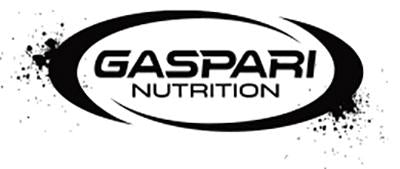





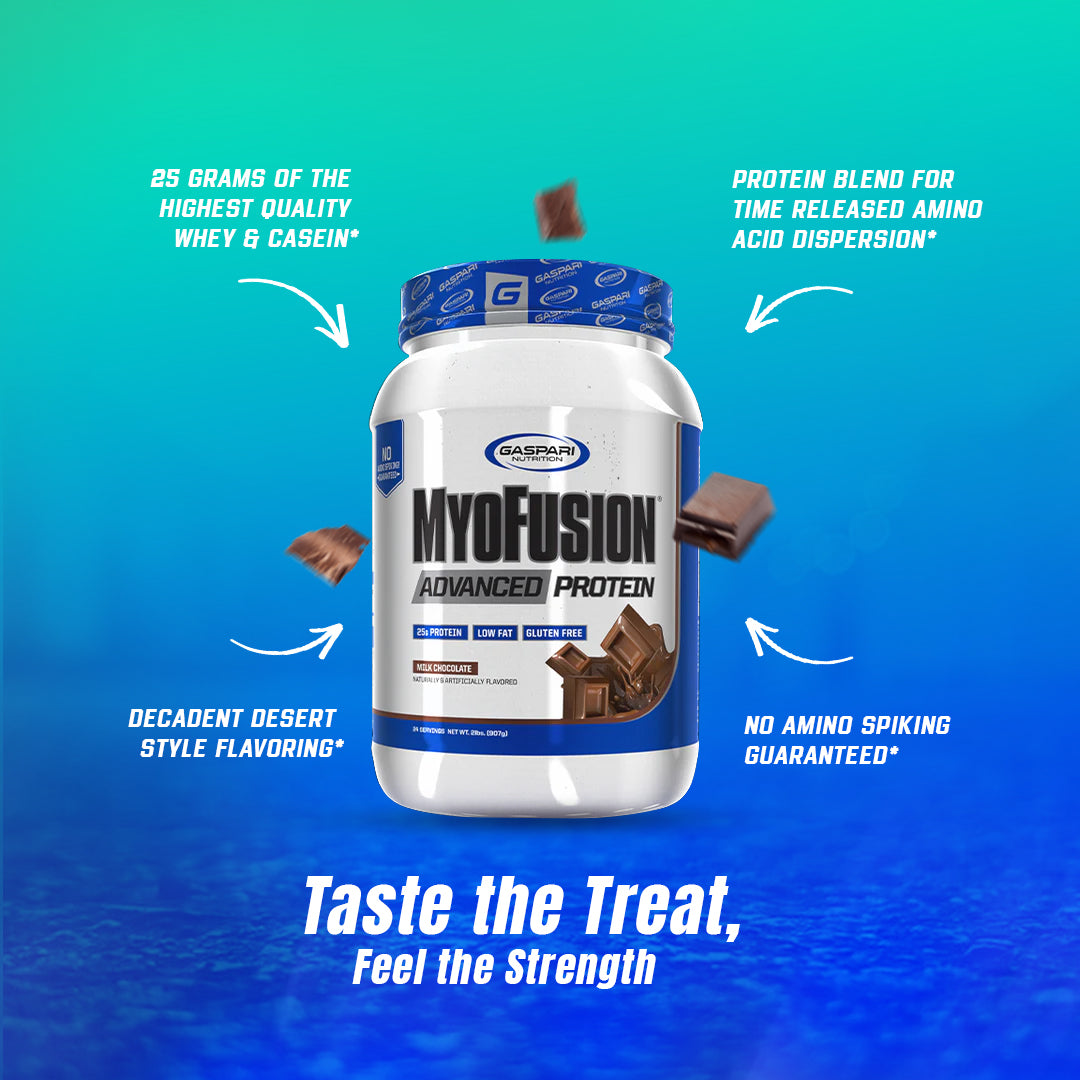

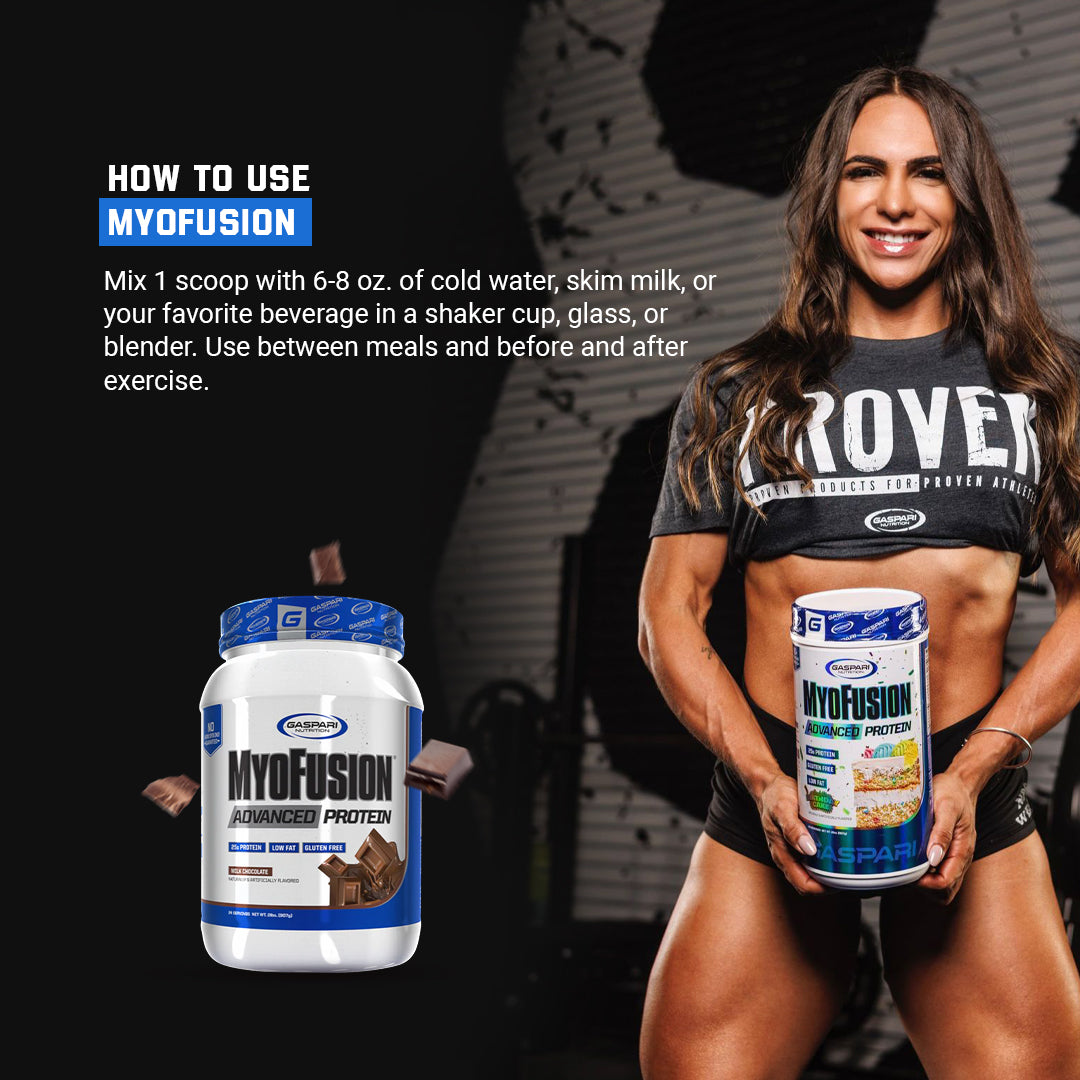





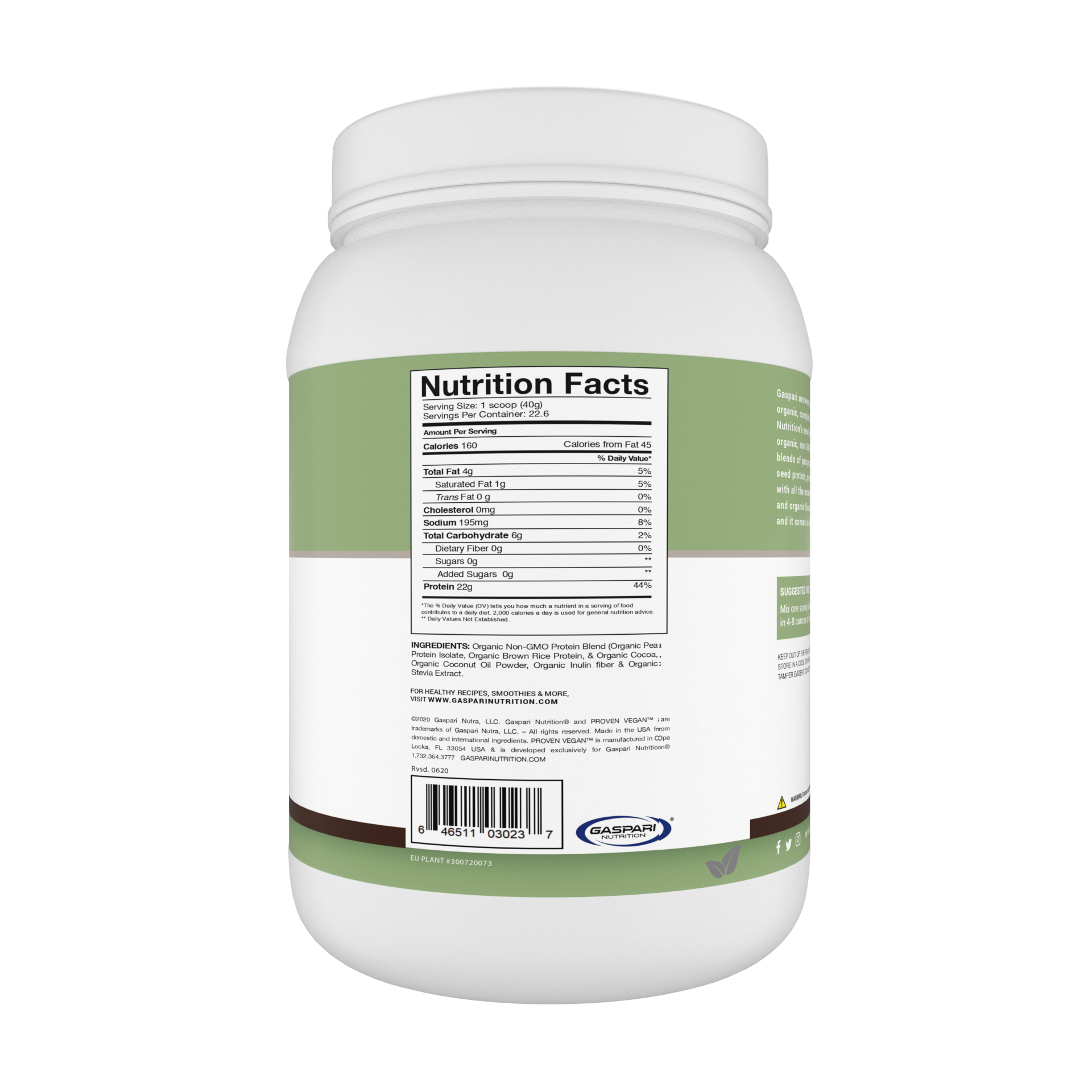


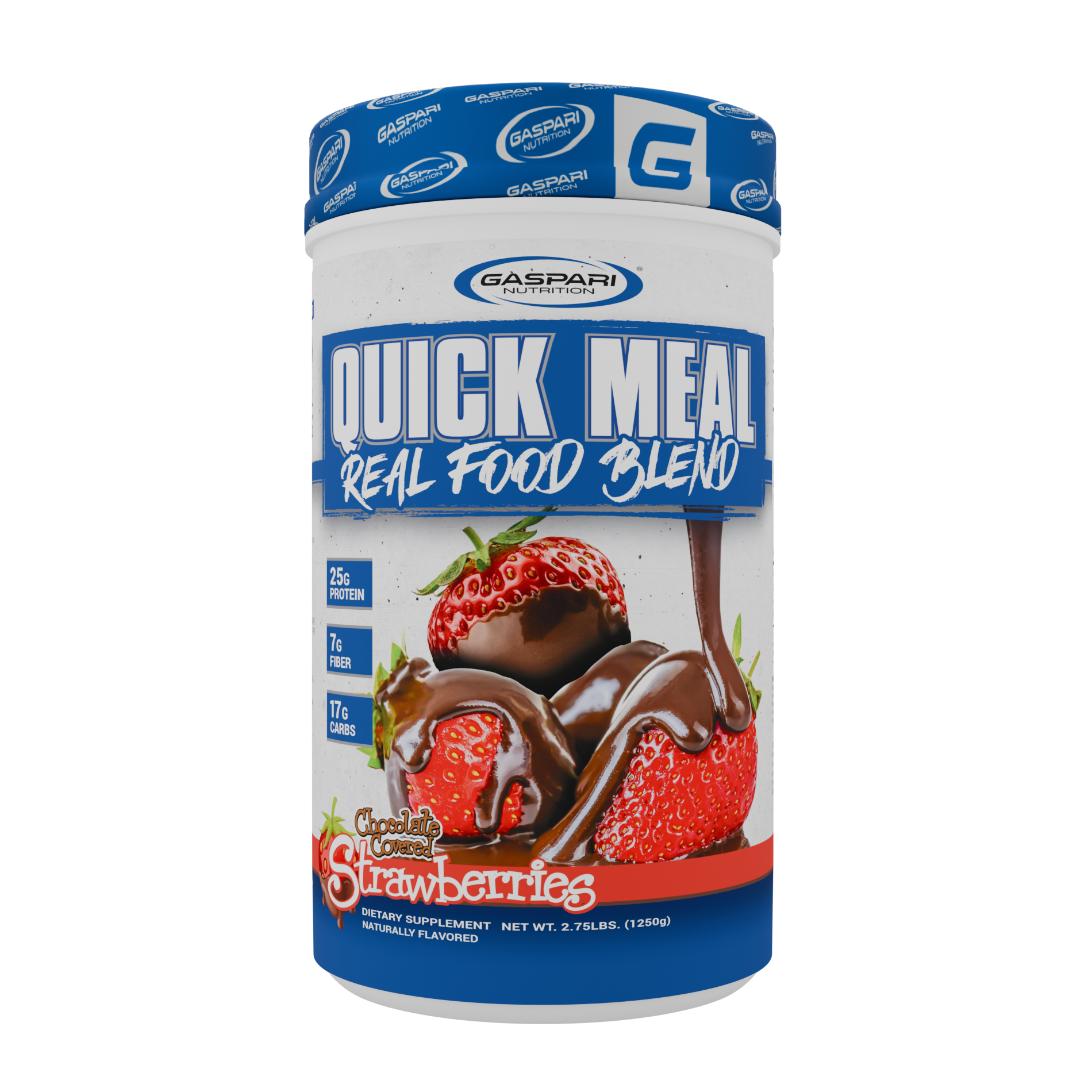


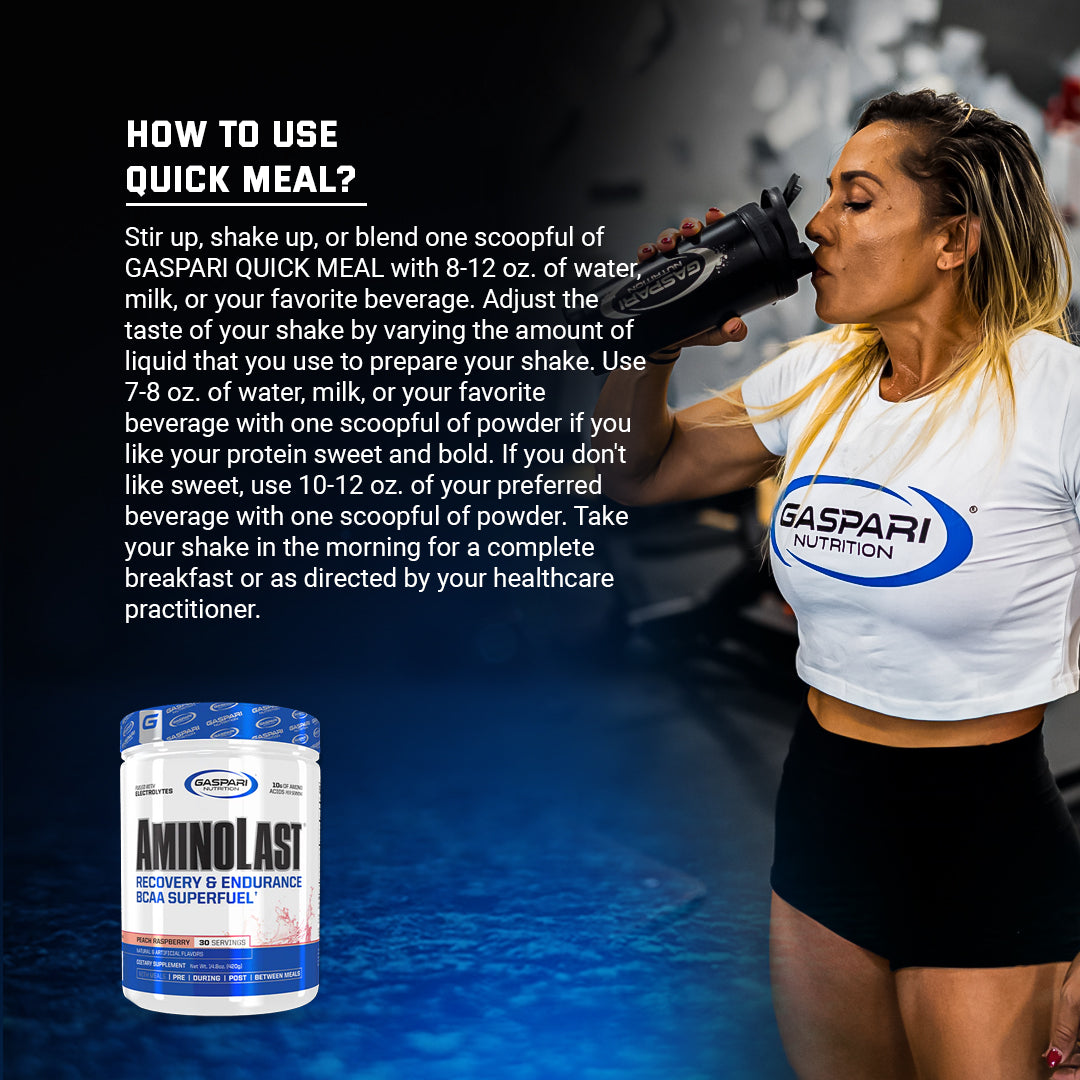
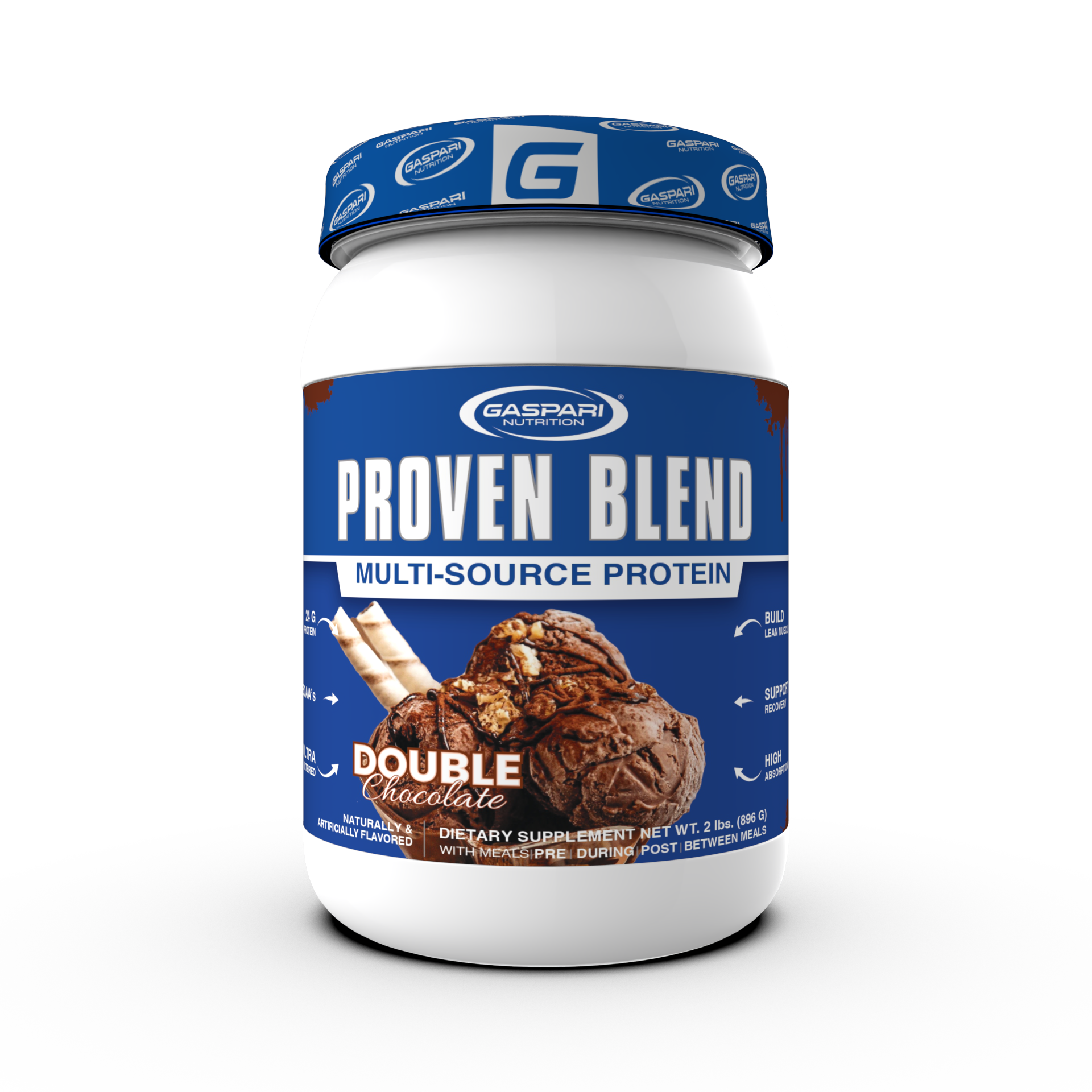



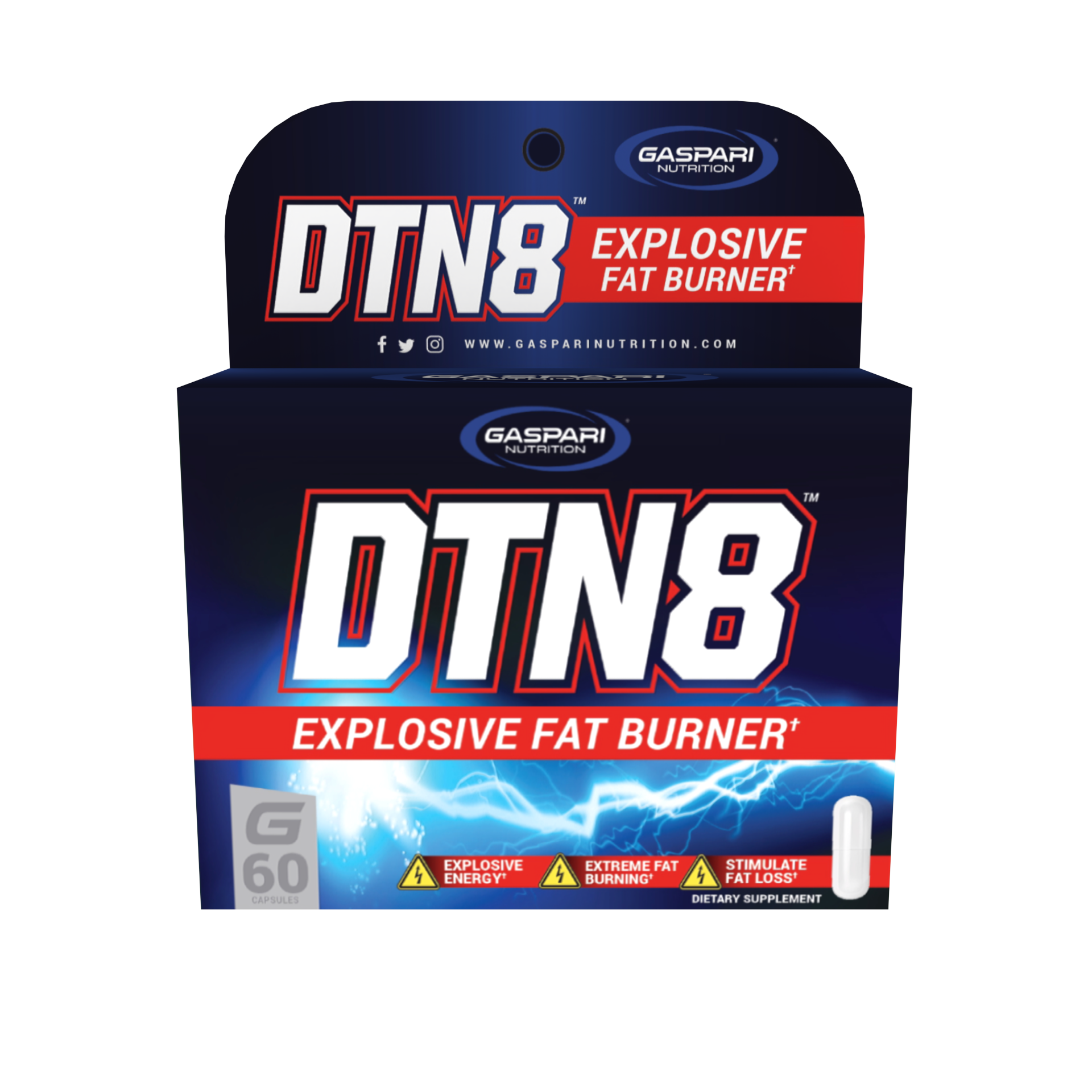








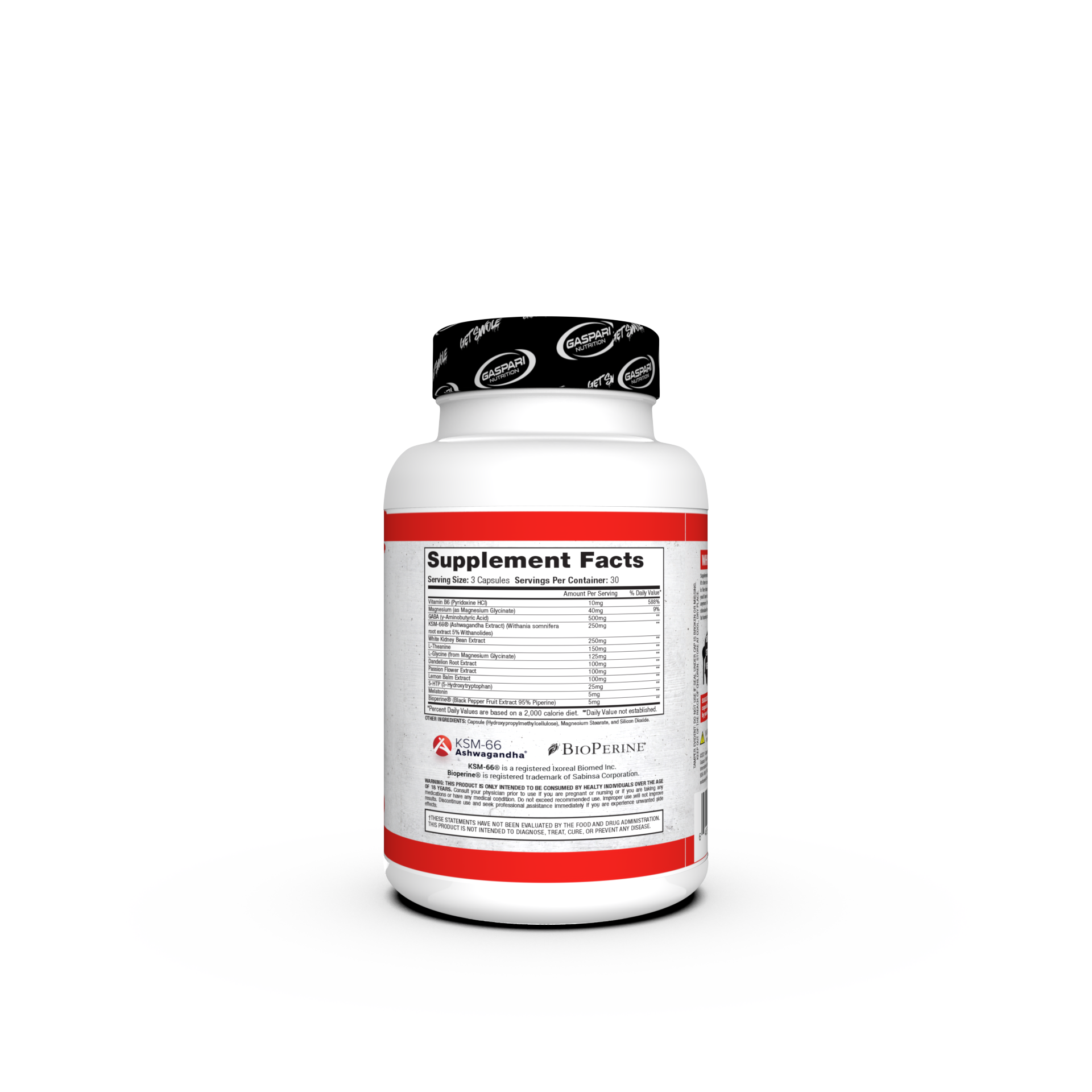


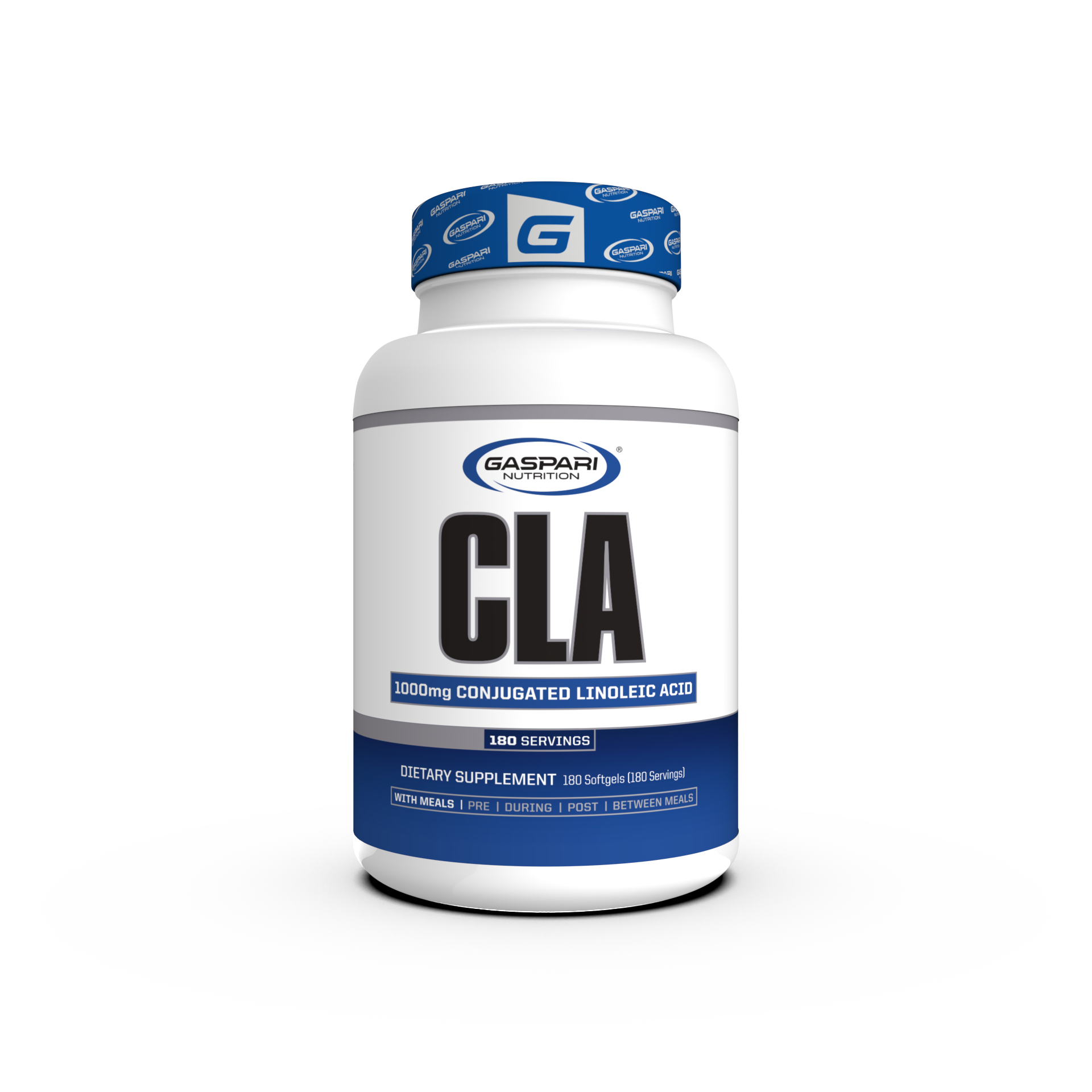

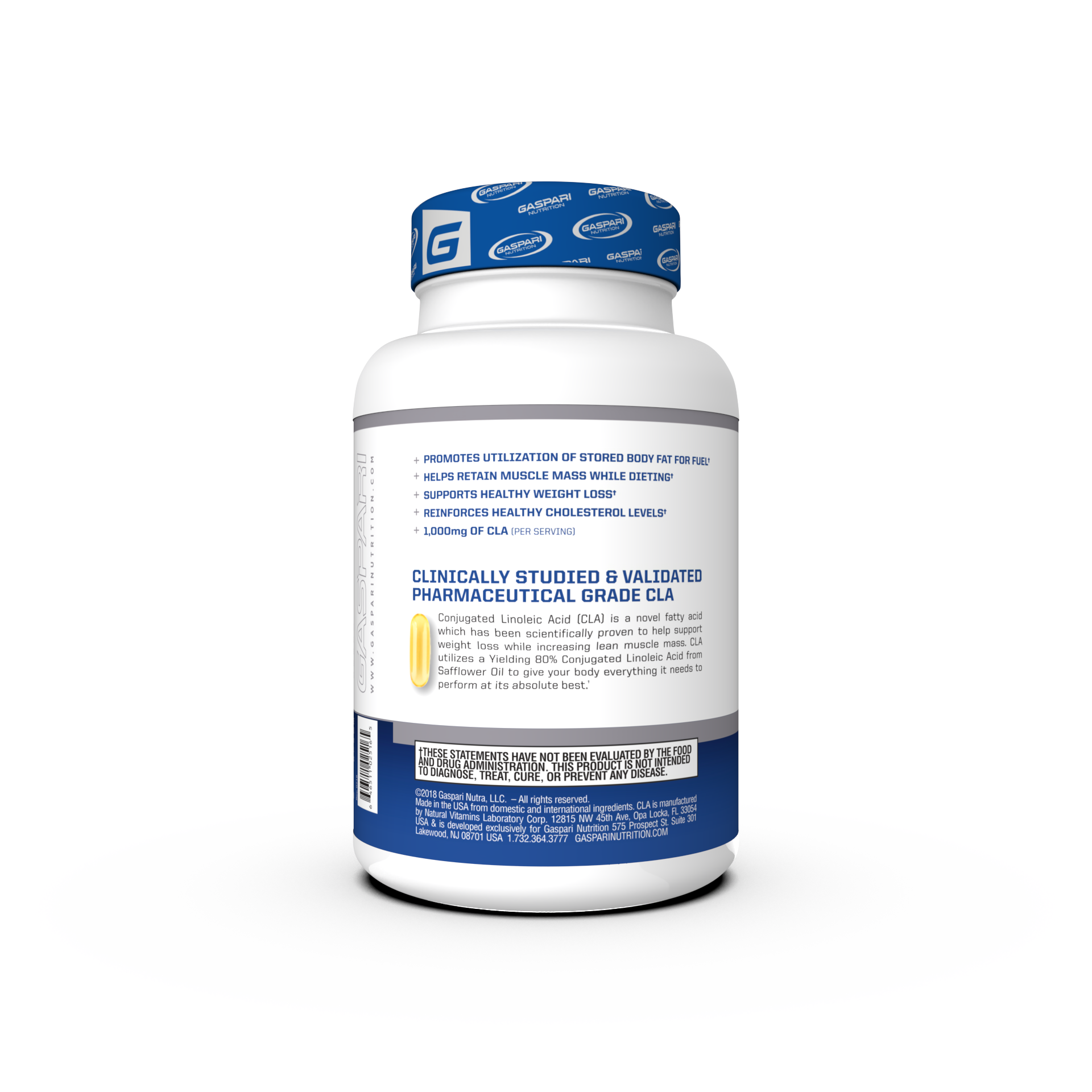



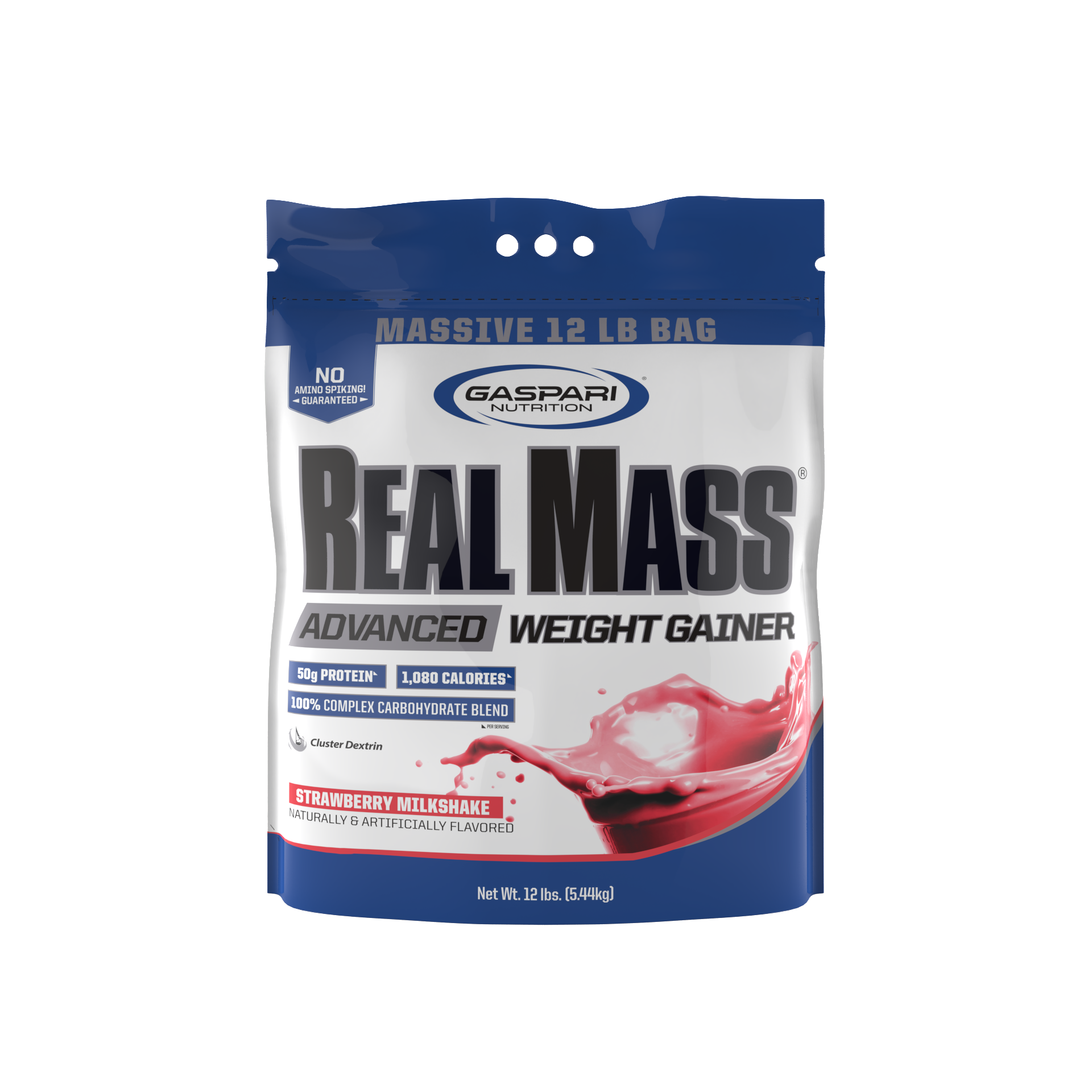

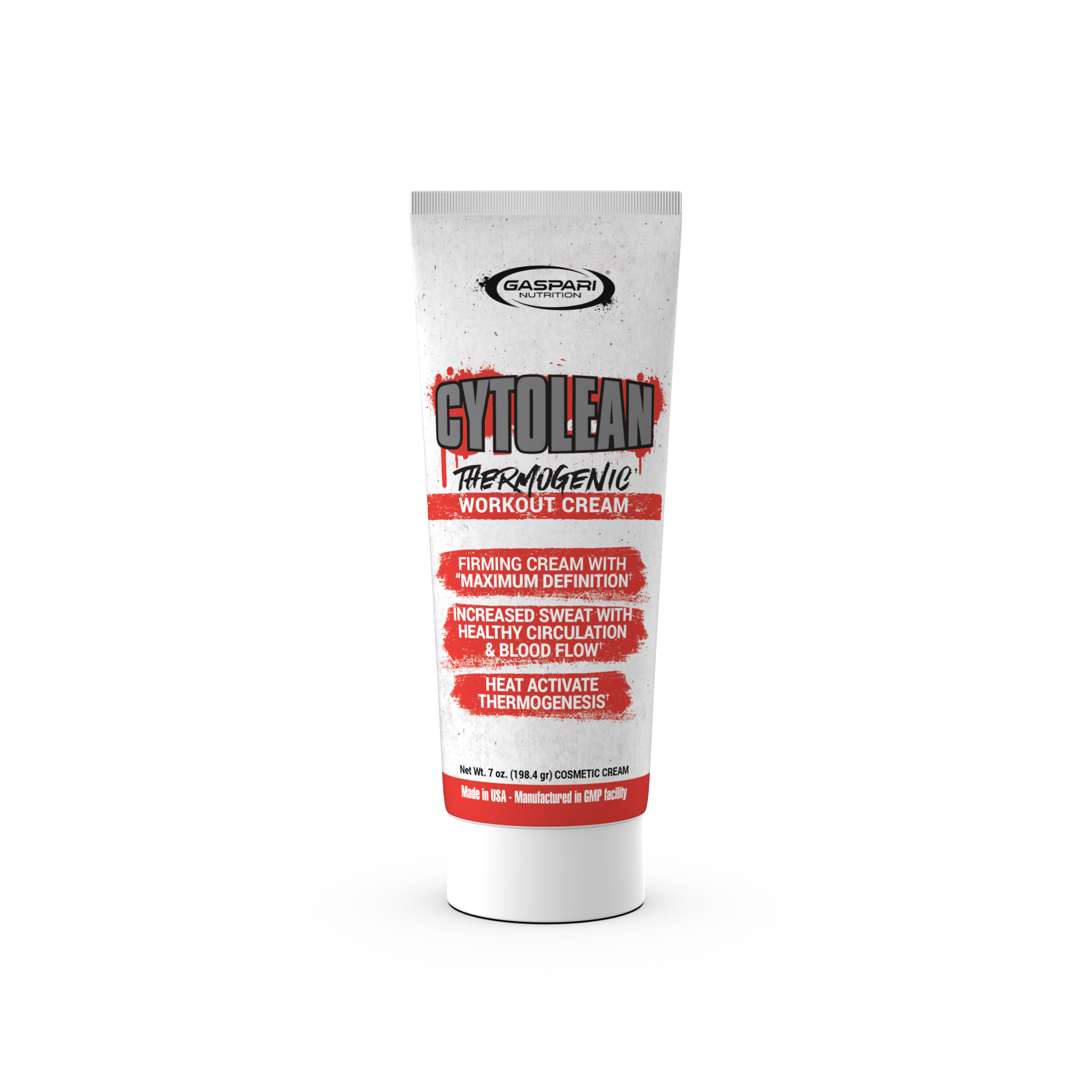


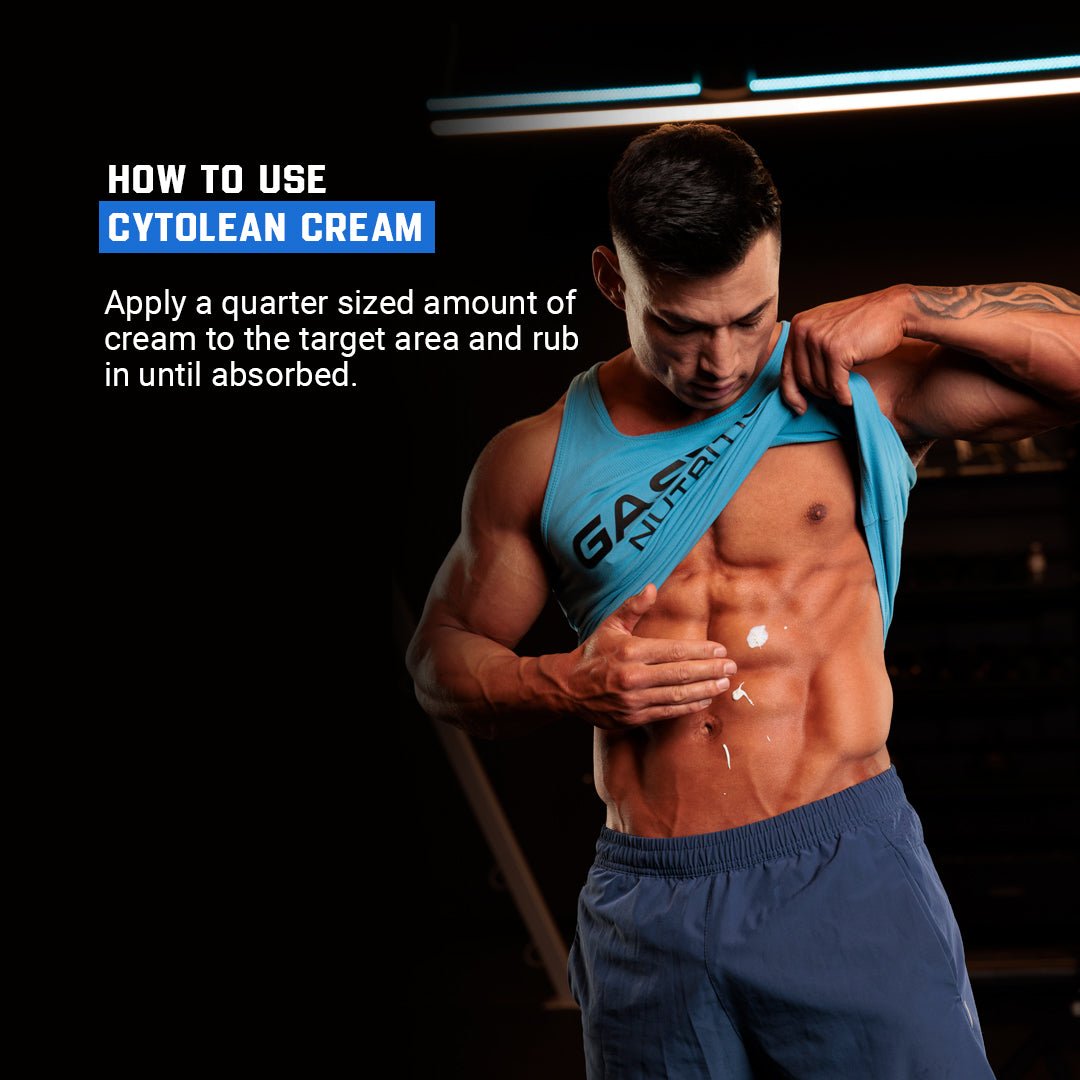





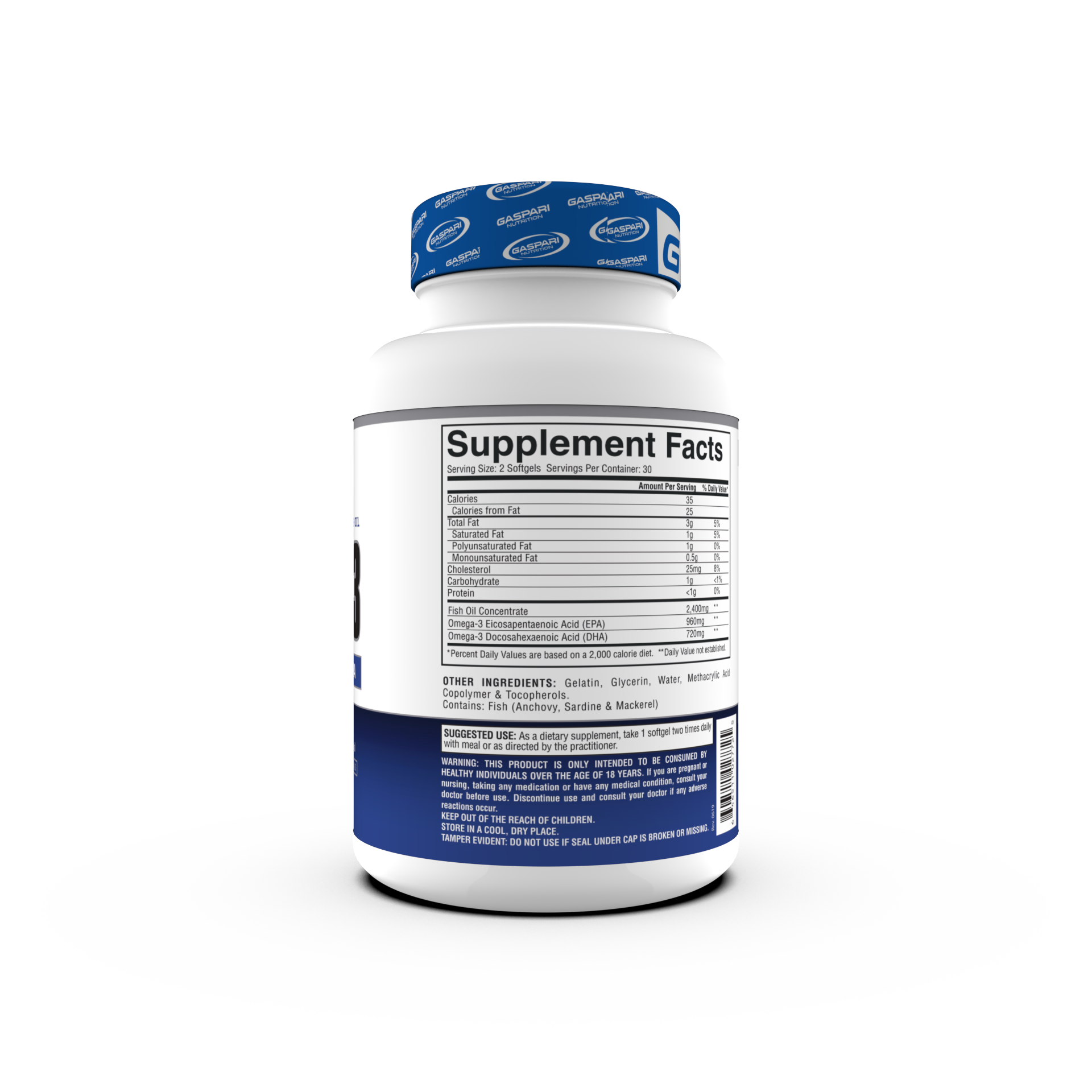
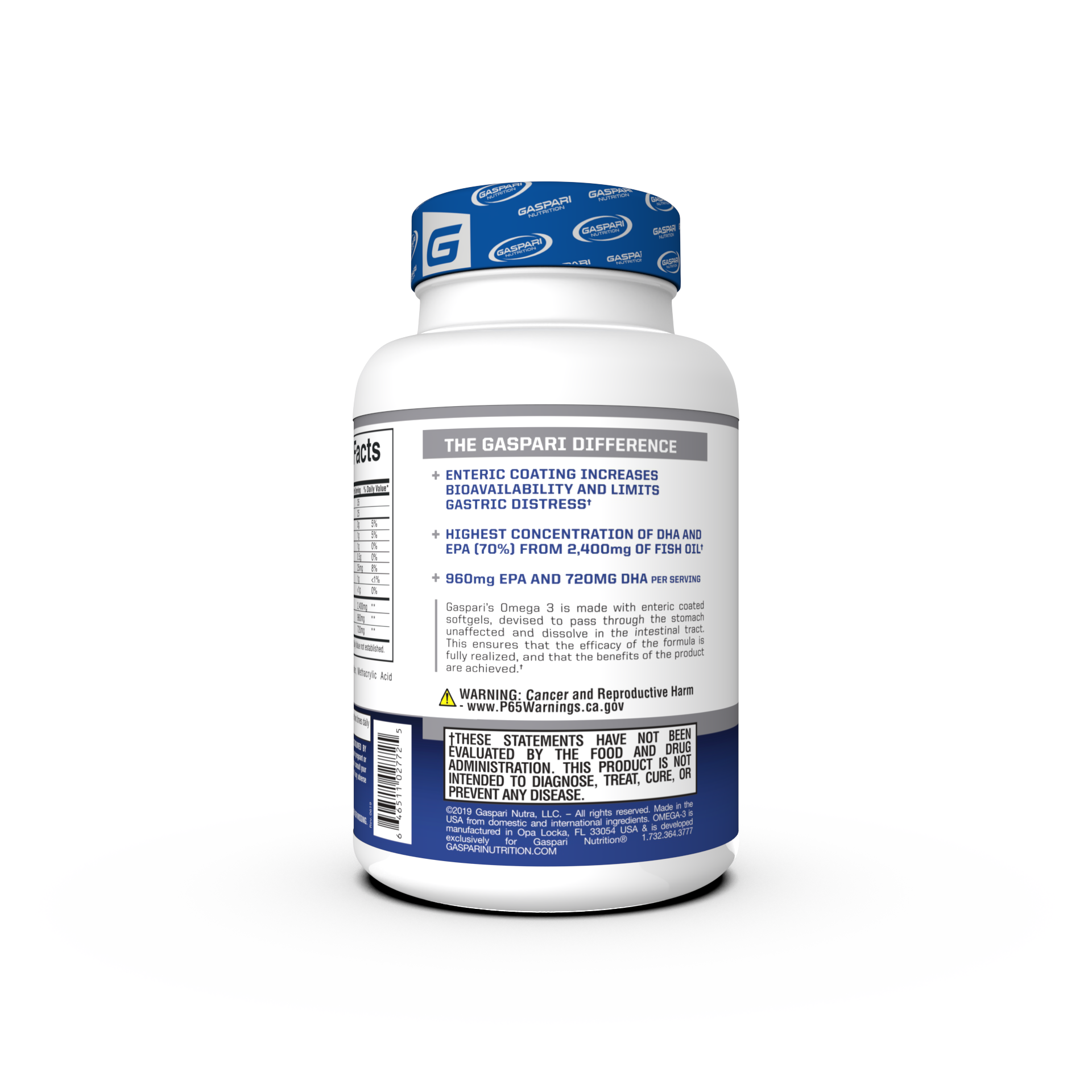

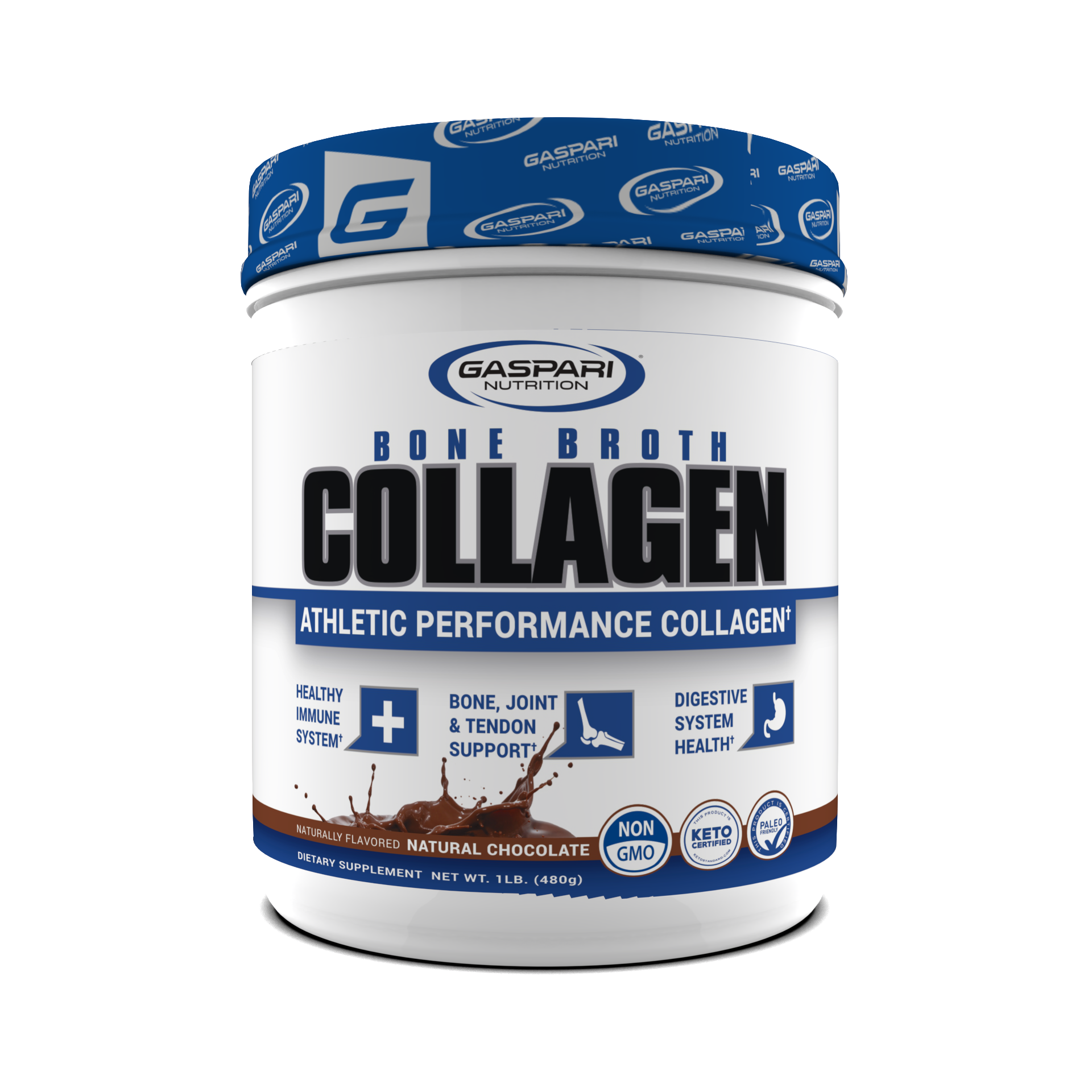







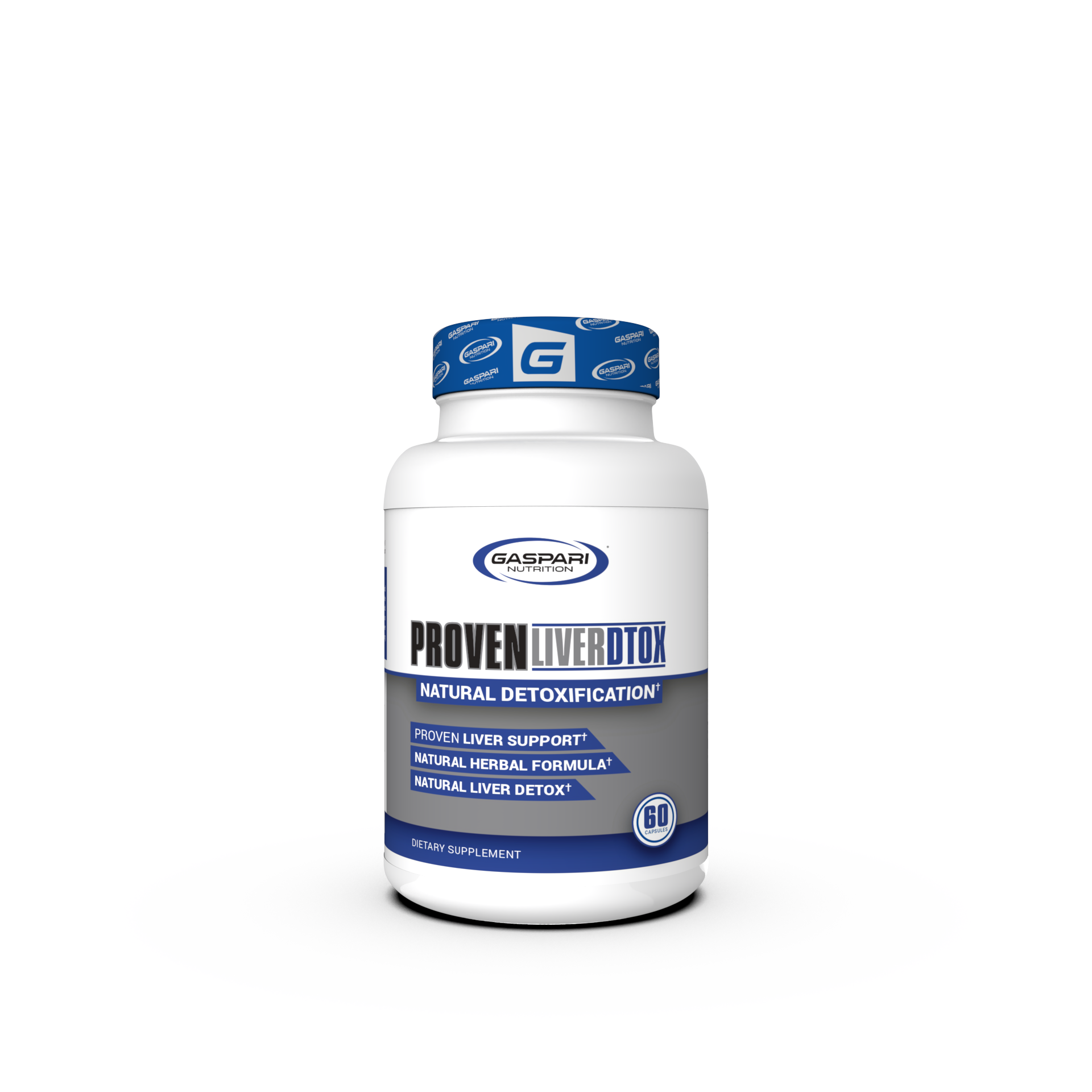

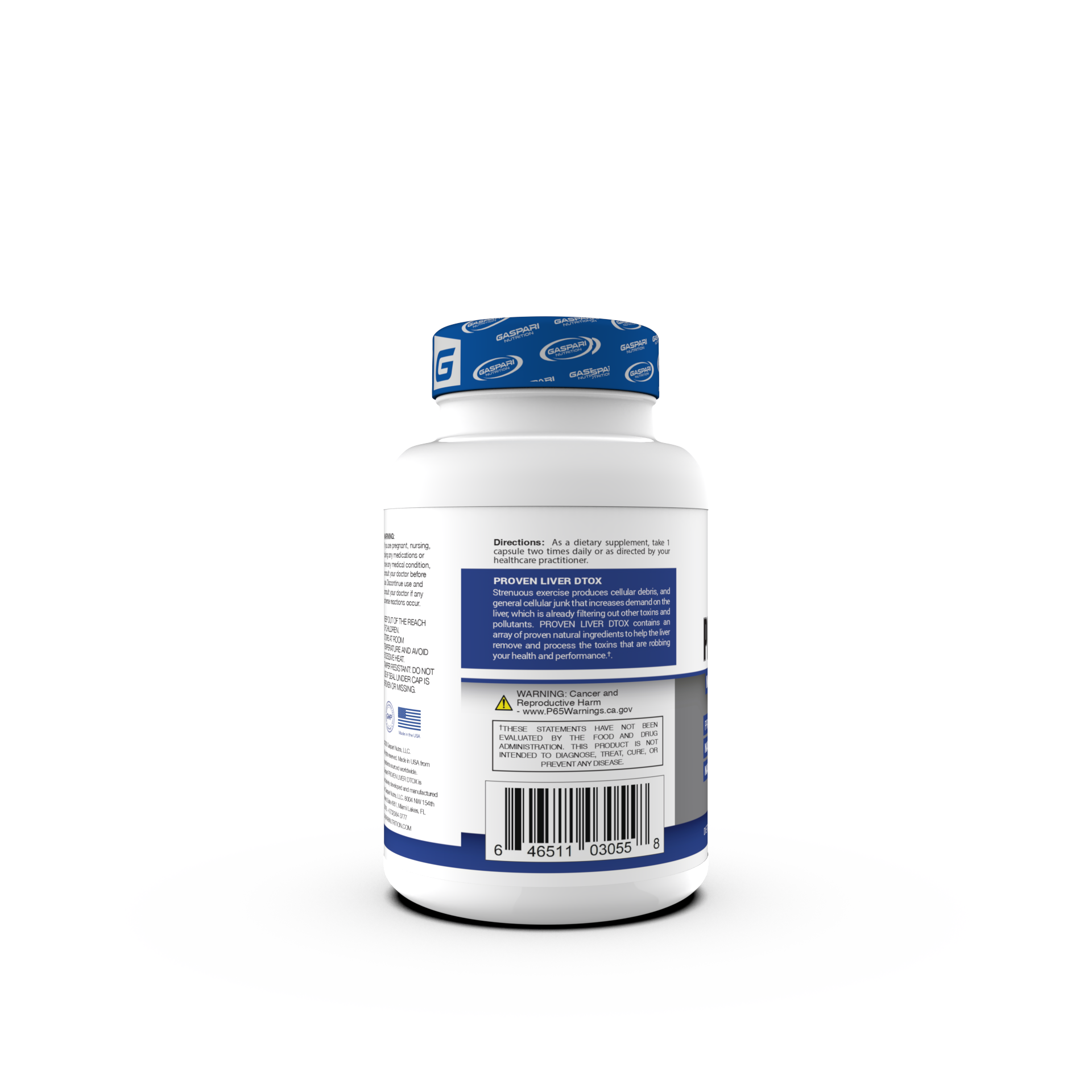

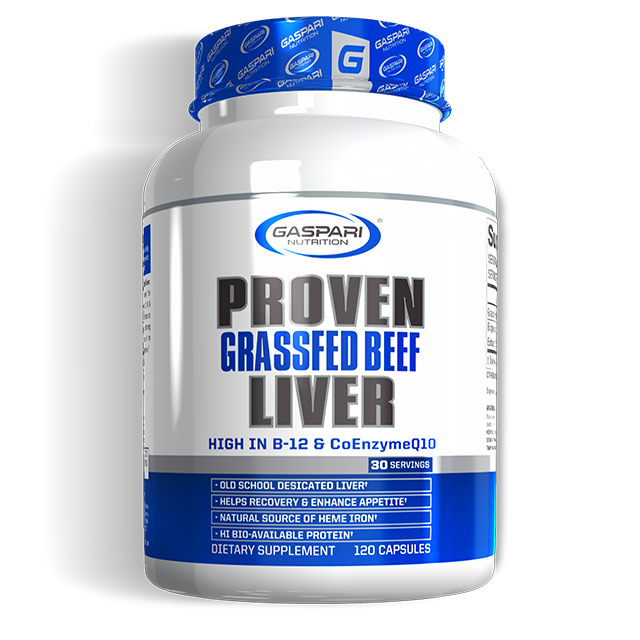





Share:
Hunt For Hardcore: Episode 6
Tips For Planking: Are You Doing Them Correctly?